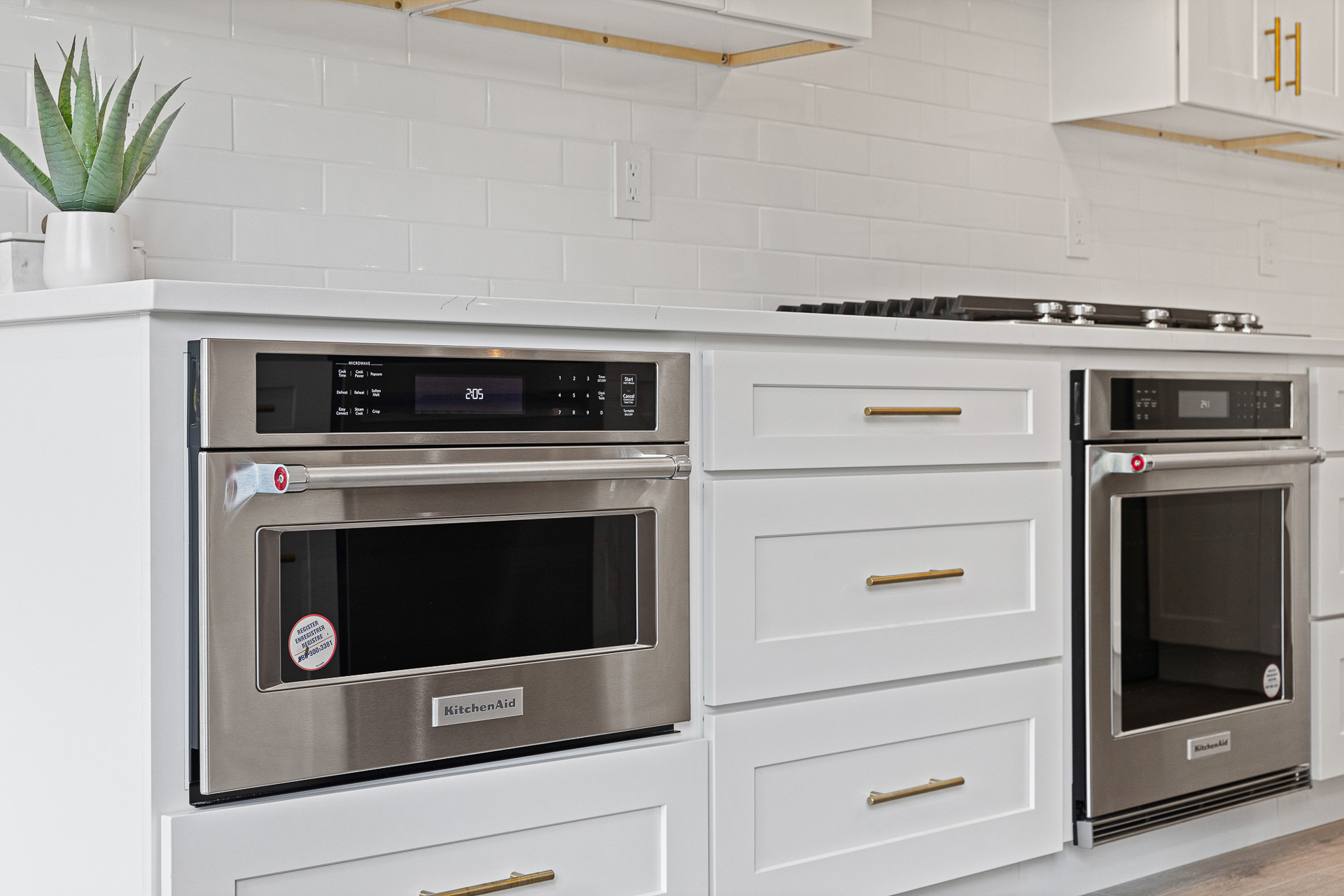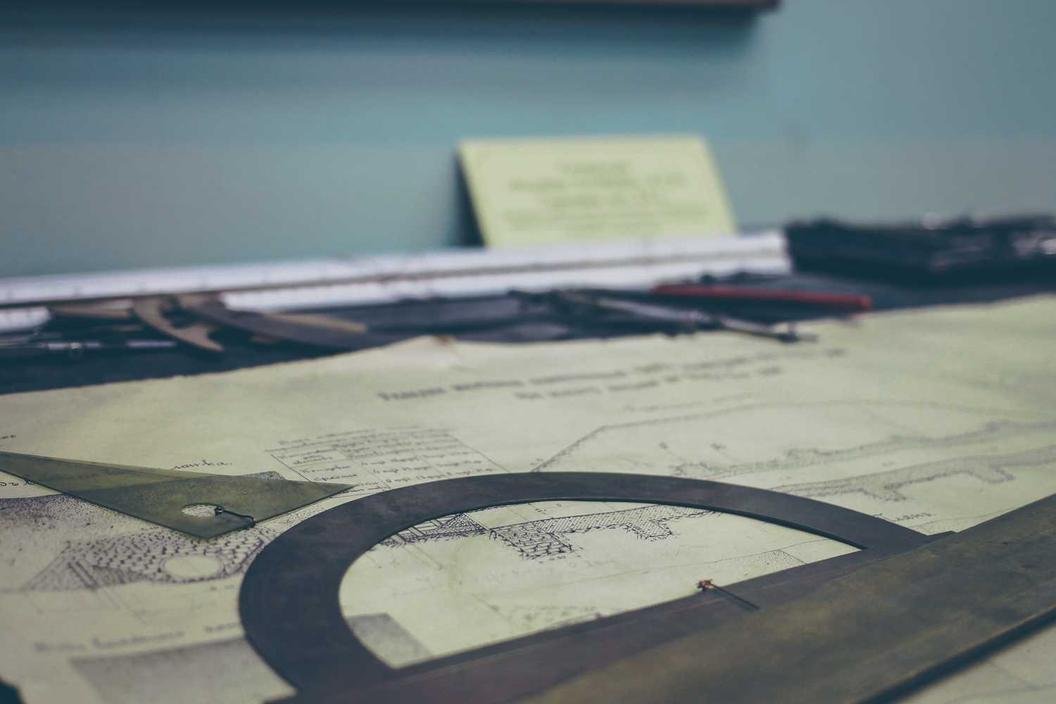Contact Us
(828) 538-2040Transforming Spaces: The Interior Design Trends Shaping Our Future
What if I told you there’s a way to elevate your living space while also reflecting your personal style? Imagine how it feels to step into a home that not only looks beautiful but also resonates with who you are. As we move towards 2025, several interior design trends are emerging that promise to transform our environments into havens of comfort and creativity.
The Rise of Biophilic Design
Let’s dive in together and explore the concept of biophilic design, which integrates nature into our daily lives. This trend isn’t just about adding plants; it’s a celebration of the natural world within our interiors. Think large windows letting in abundant light, natural materials like wood and stone, and living walls brimming with greenery. For instance, a recent study found that incorporating plants in workspaces can increase productivity by up to 15%. Picture this – your home adorned with the lush presence of nature, enhancing your mood and well-being.
Color Psychology: The Emotional Power of Hues
Ever noticed how certain colors evoke particular feelings? In 2025, expect color psychology to take center stage. Warm tones like terracotta and soft greens will dominate design palettes, creating cozy atmospheres that promote relaxation. A survey revealed that homes painted in warm, earthy tones sold for an average of 10% more than their cooler counterparts. Imagine your living room bathed in gentle hues that make you feel calm and grounded after a long day.
The Impact of Lighting
Innovative lighting solutions are also set to redefine our spaces. Smart lighting technology allows for customization that fits our moods and activities. According to industry experts, homes equipped with smart lighting can significantly reduce energy consumption – some estimate savings of up to 30%. Imagine controlling the ambiance of your home with just a tap on your smartphone, adjusting the glow to suit your evening unwind or lively gatherings.
Sustainable Materials: A Commitment to the Planet
As sustainability becomes increasingly important, homeowners and designers alike are leaning towards eco-friendly materials. From reclaimed wood flooring to recycled glass countertops, the commitment to sustainable choices is transforming residential designs. Consider this: a recent analysis indicated that homes built with energy-efficient materials often have lower utility bills, saving owners approximately 20% annually. Surround yourself with materials that not only look stunning but also contribute to the health of the environment.
From reclaimed wood flooring to recycled glass countertops, the commitment to sustainable choices is transforming residential designs. Consider this: a recent analysis indicated that homes built with energy-efficient materials often have lower utility bills, saving owners approximately 20% annually. Surround yourself with materials that not only look stunning but also contribute to the health of the environment.
Multi-Functional Spaces: Adapting to Modern Needs
With the shift toward remote work and flexible living, the demand for multi-functional spaces is skyrocketing. Designing rooms that serve multiple purposes allows for greater efficiency. A dining room that doubles as a workspace, or a guest bedroom that transforms into a yoga studio, are just a few possibilities. Examples from recent home renovations showcase how versatile furniture, like foldable desks and Murphy beds, can create seamless transitions. Imagine hosting a dinner party and then effortlessly transforming your space for an evening of relaxation.
Integrating Technology: Smart Home Innovations
In 2025, the integration of technology into design will be more sophisticated than ever. Voice-activated systems, automated climate control, and advanced security features are just the beginning. Homes equipped with these technologies not only enhance convenience but can also boost property value. Research suggests that smart homes can sell for up to 5% more than traditional homes. Envision a life where your home anticipates your needs and adjusts accordingly, providing an experience tailored just for you.
Conclusion: The Path Ahead in Interior Design
The future of interior design is not just about aesthetics; it’s a harmonious blend of style, functionality, and emotional well-being. Each trend we’ve explored offers unique opportunities to redefine our spaces. Whether you’re engaging with biophilic elements or embracing sustainability, the path ahead invites us to create homes that resonate on a deeper level. Let’s embark on this journey together as we shape our environments to reflect our truest selves.
Big Hills
Author




